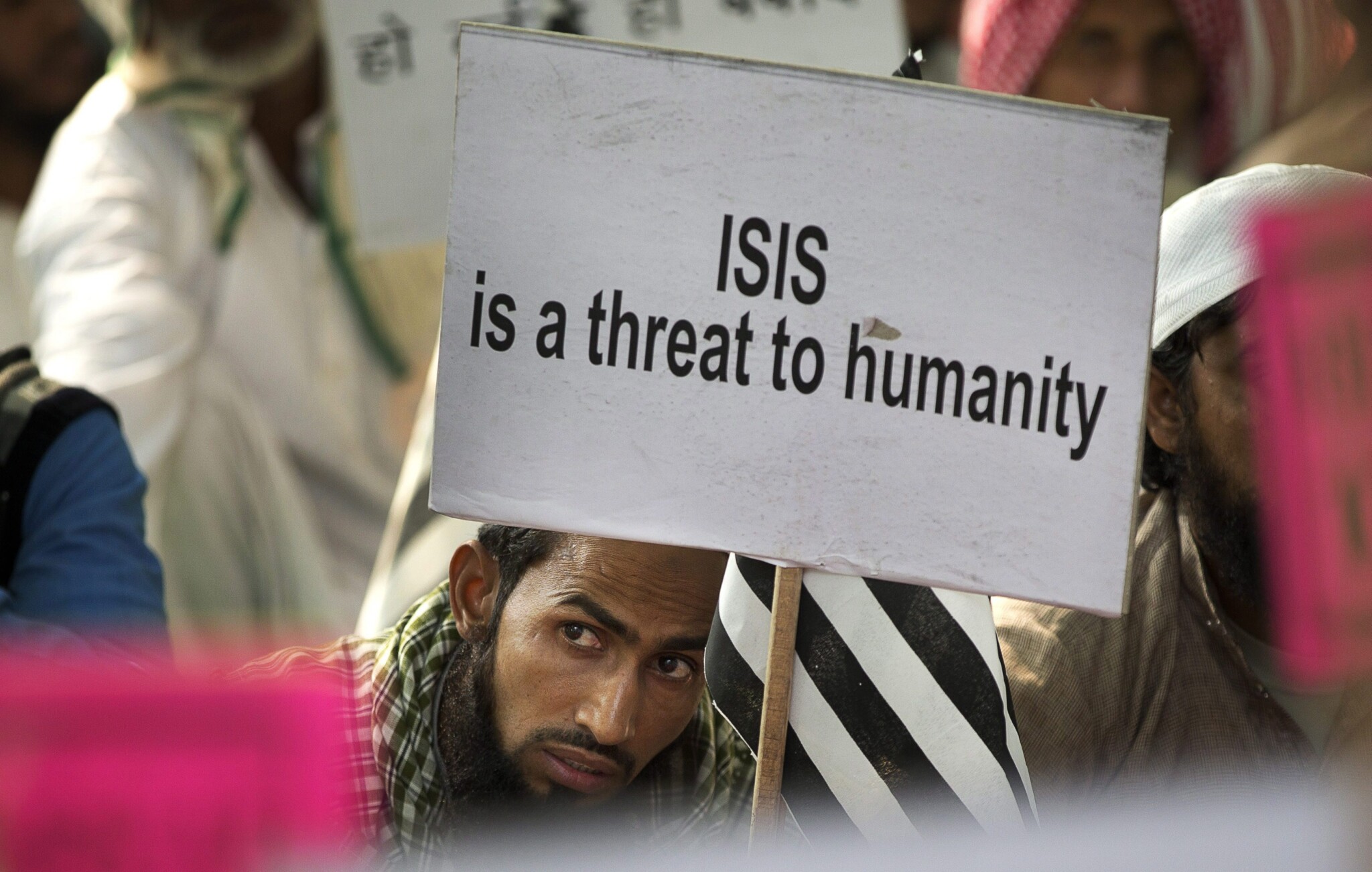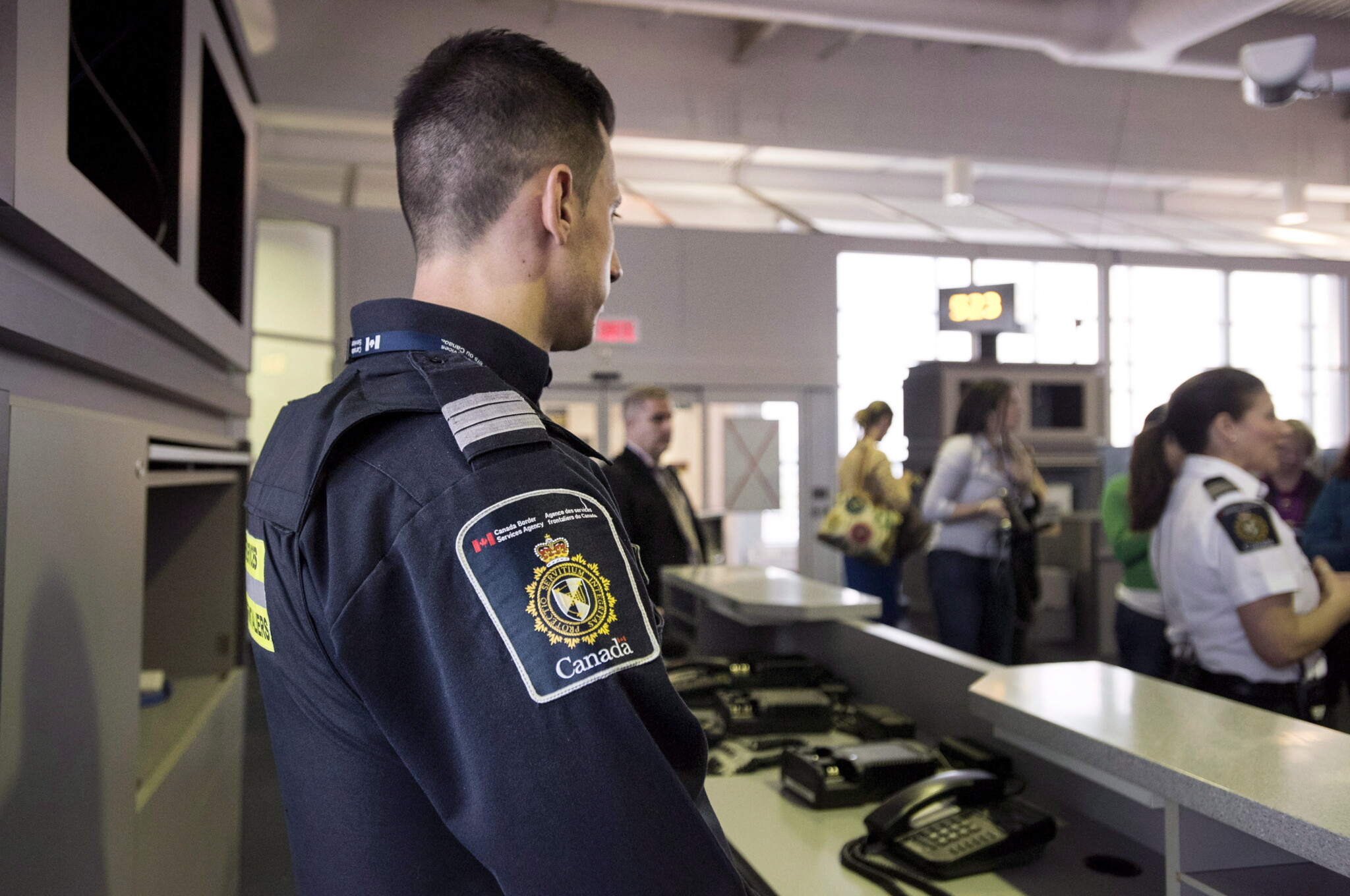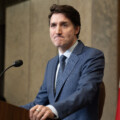This week, the federal Conservative and New Democratic Parties of Canada are demanding a parliamentary probe into how a man alleged to have dismembered a person with a sword on behalf of the so-called Islamic State (ISIS) on foreign soil in 2015 was subsequently granted Canadian citizenship.
It’s a good question, even more pressing because the man in focus, Ahmed Fouad Mostafa Eldidi, 62, and his son, Mostafa, 26, went on to be arrested north of Toronto last week on six criminal charges related to plotting a terrorist attack, again at the alleged service of ISIS, but this time on Canadian soil.
The answer, however, is likely to be the by-now familiar and relatively straightforward matter of the failure of key Canadian security institutions to adequately share information and move it up their chains of command once in hand. Therefore, too narrow a focus for a truly useful review.
True to form on addressing matters of national security and the nefarious dealings of hostile foreign states and other entities, the Trudeau government is making matters worse by attempting to soft-shoe the issue aside. Per usual, Public Safety Minister Dominic LeBlanc has referred the matter to the RCMP and promised a review of Canada’s screening practices. Going quiet behind the police instead of levelling with Canadians on some of the real issues in play likely has to do with the government’s panicked inkling of the depth of long-overlooked terror problems that are merely personified in the single instance of the elder Eldidi.
First, it is obvious to say that Canada’s immigration screening system is utterly inadequate. Eldidi’s alleged actions in hacking off the hands and feet of a prisoner accused by ISIS of being a spy were captured on a video released in June 2015 by Dijlah State, a subsect of ISIS in western Iraq. Such publicly-circulated ISIS propaganda videos are thankfully rare enough that it can be safely assumed that each of the main security and intelligence agencies of the Five Eyes alliance—including Canada’s CSIS—would have personally watched it.
Each of the Five Eyes lead intelligence agencies would have then taken steps to identify the visible face of the attacker and share this information with both allies and their domestic law enforcement, immigration, and border security agencies.
In this case, one of these agencies in the Canadian chain clearly dropped the ball. It is the Canada Border Services Agency (CBSA) that makes the call on whom to admit at our border. The Immigration, Refugees and Citizenship Canada (IRCC) body handles credentials. Both do their work through close cooperation with CSIS and the RCMP. Either CSIS failed to pick up on the video making the international rounds and did not manage to circulate this information to the CBSA, IRCC, and the RCMP—or the CBSA and the IRCC failed to make use of it.
Communication between and up the chain of these security bodies is by now a publicly well-known weakness in the wake of their botched efforts to manage the freedom convoy in the winter of 2022 and more recent revelations of foreign interference in Canada’s political processes. Therefore, little news about the failings of this system is likely to be revealed through a probe narrowly focused on Canada’s screening practices.

An Indian Muslim man holds a banner during a protest against ISIS in New Delhi, India, Nov. 18, 2015. Manish Swarup/AP Photo.
Don’t forget about ISIS just yet
The nature and threats of terror activity writ large to the safety of Canadians is a far more urgent matter for an inquiry. While ISIS has been widely assumed to be a spent paramilitary force, it is indeed still amongst us. This is true in terms of foreign-born individuals, like Eldidi, who are allegedly directly recruited and engaged in their services overseas. Not only do we face the challenge of keeping foreign terrorists out of Canada, but we also have the ongoing—and arguably larger—problem of repatriating Canadian citizens who have left the country for the purpose of joining ISIS’ (and other terror groups’) cause abroad. Recent cases of such “Canadian Extremist Travellers” would indicate their numbers to be in the low hundreds, likely up slightly to match pace with escalating conflicts in the Middle East, since the last official count by Public Safety Canada in 2017.
Compounding this problem is the capacity of ISIS to recruit new members and inspire service through social media mis- and disinformation campaigns. For every Eldidi, there are likely dozens more lone wolf individuals already in Canada slipping down the dark rabbit hole of ISIS propaganda that swirls online. Look no further than the group of Western teenagers who just recently conspired to turn a Taylor Swift concert in Austria into a vehicular homicide and explosives rampage.
Far from on the wane, ISIS carries on in Canadian society as a decentralized ideology vocalized by a handful of influential “weathermakers” running stochastic terror campaigns in cyberspace: forever repeating hateful messaging and violent instruction until, inevitably, some number of lone wolves are worn down enough to do their bidding. There is nothing unique about ISIS in this regard. Violent extremist groups associated with Islamic fundamentalism are joined by ideological, political, and religious groups across the spectrum in promoting their projects to susceptible minds across the internet. This wide range of terror motivations is being met by a Canadian system meant to prosecute, deradicalize, and reintegrate, which is simply not up to the task.
Deradicalization is an intensive and bespoke process that must be tailored to the needs of the individual in question. Simply stated, there will be no one-size-fits-all intervention or counselling program to lead wildly different radicalized groups back from the path of violence—and waiting to address a growing problem will only add to its tremendous expense. Apart from common roots in isolation, the pathways people take to different violent ideologies are formed by biographical events and accidents. Undoing such pathways is often just as personal.
Far more useful than focusing on border screening lapses in isolation would be a diagnosis of Canada’s capacity to identify and intervene in cases where groups are edging towards violence before it’s too late. With an eye on generational progress, educating young people about stochastic terrorism and its dynamics in cyberspace through school-based programs will be essential.
The Liberal government’s latest efforts to downplay another national security issue contribute to the inevitability of violent attacks from within Canadian borders and beyond them.









